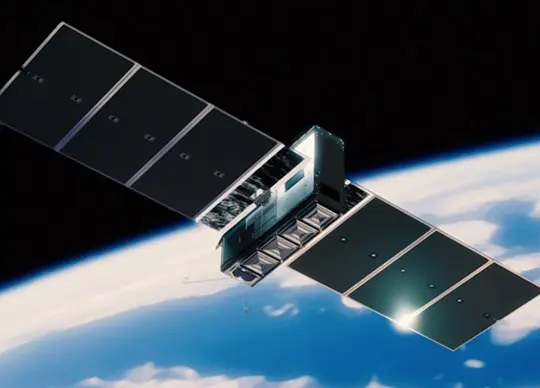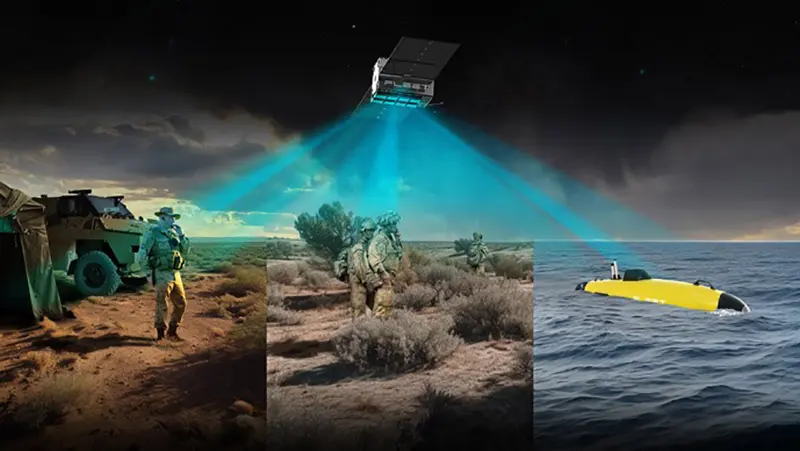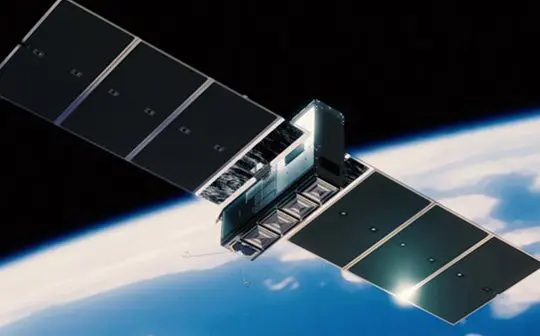
SmartSat Cooperative Research Centre (SmartSat) says it commends Fleet Space Technologies’ demonstration of satellite-enabled Push-to-Talk (PTT) capabilities as part of the Defence Space Command-funded ASCEND2LEO project.
SmartSat and Safety from Space supported Fleet Space by adapting a variant of the ‘Beagle’ communications waveform, developed under previously SmartSat-funded projects, which Fleet Space implemented on the Centauri-4 satellite for this demonstration.
ASCEND2LEO’s demonstration for the Australian Defence Force Joint Capabilities Group showed that Fleet Space’s Centauri satellites can be re-programmed to deliver high-quality, fit-for-purpose voice capabilities while in orbit. Voice capabilities for Fleet Space’s Centauri satellite were enabled via a software update, establishing a proof of concept for the Regenerative Voice System architecture underlying the ASCEND2LEO program. As a result, this demonstration validated the ability of highly adaptable microsatellite constellations to rapidly deliver purpose-built, high-quality SATCOM capabilities at scale to meet complex needs in diverse scenarios.
ASCEND2LEO’s achievement was commended by Peter Kerr, SmartSat’s Defence & National Security Coordinator, who drove the concept for SmartSat’s involvement in the project by adapting and delivering the Beagle waveform.

“Enabling an entirely new voice capability for a satellite that is already in orbit is a tremendous technical accomplishment. With this proof of concept, SmartSat is playing a critical role in helping the Australian industry develop SATCOM resiliency for Australian Defence and validate the Regenerative Voice System architecture, a powerful and ambitious approach undertaken by the ASCEND2LEO program.”
During the live demonstration, hosted by the Defence Science & Technology Group (DSTG), Fleet Space’s PTT capabilities have met strict performance criteria for one-way voice transmission including voice quality, reliability, and link persistence across thousands of kilometres in manifold operational environments.
“Our demonstration of PTT for the ASCEND2LEO program is the latest example of Fleet Space’s commitment to pushing the boundaries of innovation to meet the rapidly evolving and complex needs of the Australian Defence Force,” said Matt Pearson, Co-Founder & Chief Exploration Officer at Fleet Space. “By successfully delivering a software update to our Centauri satellite while in orbit, we are proud to be the developer and operator of the world’s smallest known voice-enabled satellite, creating new innovation pathways to advance new capabilities for the global space industry and beyond.”
The pivotal ‘Beagle’ waveform technology was first demonstrated in SmartSat’s Resilient Emergency and Search and Rescue Communications project, to develop an enhanced emergency safety beacon using next-generation satellites, particularly in remote locations.
SmartSat subsequently funded a second project, LunaSAR, focused on emergency communications for astronaut suit telemetry and lunar terrain vehicle telemetry, supporting NASA’s Artemis program.
In this third phase, a variant of the Beagle waveform was delivered to Fleet Space for their ASCEND2LEO program, following the signing of a AU$6.4M contract with Defence Space Command, to deliver tactical voice and data transmission where connectivity is limited.
Image credit: Fleet Space Technologies.





